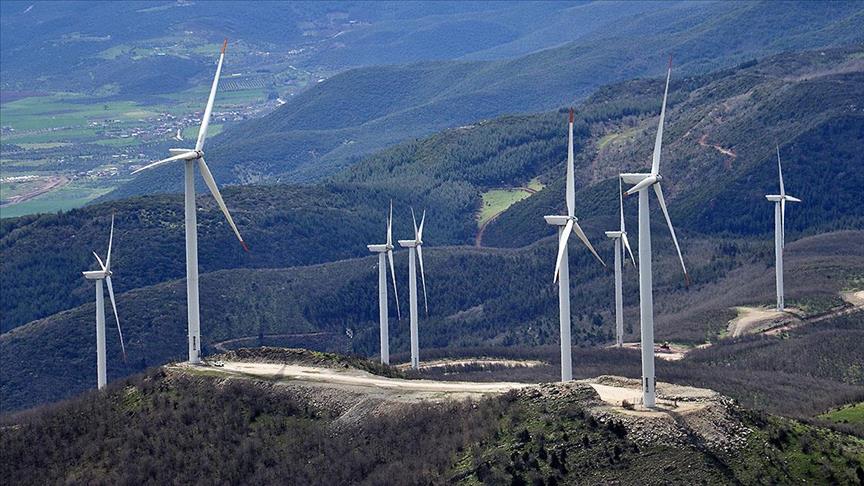Global energy demand surged above average in 2024, driven by rising electricity consumption, with renewables and natural gas providing the bulk of the additional supply, according to a new report by the International Energy Agency (IEA) on Monday.
The Paris-based energy watchdog’s Global Energy Review covers energy demand, supply, the uptake of new energy technologies, and energy-related carbon dioxide (CO2) emissions.
Global energy demand grew by 2.2% last year, outpacing the 1.3% annual average from 2013 to 2023, but trailing global GDP growth of 3.2%, according to the report.
Despite a slowdown in China, developing countries including China, contributed 80% of global energy demand growth in 2024.
After years of decline, energy demand in advanced economies rebounded, rising by nearly 1% in total.
The surge in global energy demand in 2024 was driven by the power sector, as electricity consumption jumped by nearly 1,100 terawatt-hours or 4.3%, almost twice the annual average of the past decade, according to the report.
Last year’s sharp rise in global electricity consumption was fueled by record-high temperatures, increasing demand for cooling, along with growing industrial use, transport electrification, and the expansion of data centers and artificial intelligence.
– Renewable and nuclear share in generation reaches 40% for 1st time
The expanding supply of low-emissions sources covered most of the increase in global electricity demand in 2024, the report added.
Approximately 700 gigawatts of new renewable power capacity were installed worldwide, setting a new annual record for the 22nd consecutive year.
Nuclear power capacity additions reached their fifth-highest level in the past three decades, it added.
‘As a result, 80% of the increase in global electricity generation in 2024 was provided by renewable sources and nuclear, which together contributed 40% of total generation for the first time,’ it added.
The supply of natural gas-fired generation also grew consistently to meet the increasing electricity demand.
The report highlighted that driven by heightened power consumption, natural gas experienced the largest fossil fuel demand increase in 2024, surging by 115 billion cubic meters (bcm), a 2.7% rise, significantly exceeding the decade’s average annual increase of 75 bcm.
Global oil demand grew modestly by 0.8% in 2024, marking a historic shift as its share of total energy demand fell below 30% for the first time, 50 years after peaking at 46%.’
Global coal demand rose by 1% in 2024, half the rate of increase seen the previous year.
According to the report, intense heatwaves in China and India–which pushed up cooling needs–contributed more than 90% of the total annual increase in coal consumption globally.
– Clean energy adoption helps slow CO2 growth
The ongoing rapid adoption of clean energy technologies helped curb the annual increase in energy-related carbon dioxide (CO2) emissions, which are increasingly decoupling from economic growth, according to the report.
Commenting on the report, IEA executive director Fatih Birol said amidst global uncertainties and conflicting energy narratives, the IEA’s data-driven report provides ‘clear facts on the table about what is happening globally.’
‘What is certain is that electricity use is growing rapidly, pulling overall energy demand along with it to such an extent that it is enough to reverse years of declining energy consumption in advanced economies,’ Birol said.
The result is that demand for all major fuels and energy technologies increased in 2024, with renewables covering the largest share of the growth, followed by natural gas, he added.
‘The strong expansion of solar, wind, nuclear power, and EVs is increasingly loosening the links between economic growth and emissions,’ he said.

